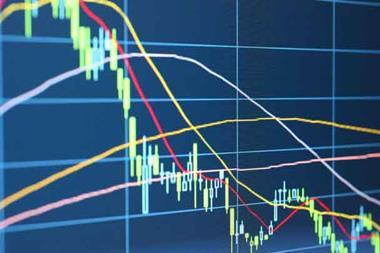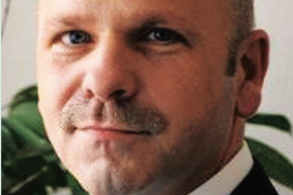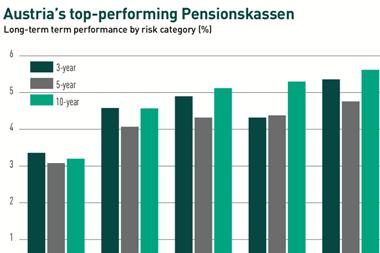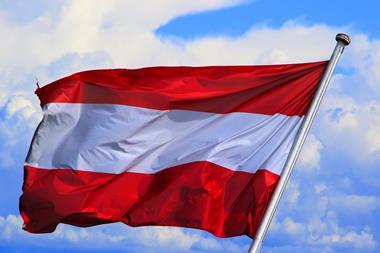The Pensionskasse for the Swiss canton of Zurich (BVK) rebalanced its investment portfolio by buying equities to profit from stock market fluctuations at the peak of the COVID-19 pandemic earlier last year, chief executive officer Thomas Schönbächler said in a video last month.
At that point in time, BVK bought equities “to a large extent” to gain from fluctuations triggered on the equity market, the CEO added, explaining the actions taken by the fund during market turbulence in 2020.
In March, when the COVID-19 pandemic hit equity markets, the rebalancing process was executed “efficiently and quickly”, Schönbächler said.
BVK has defined bandwidths for all investment classes, he said, adding that if an asset class is under pressure the “predefined and rule-based” rebalancing process starts automatically. This is what happened at the peak of the first wave of the COVID-19 pandemic.
Asset allocation can shift from BVK’s original strategy at short notice in the event of price fluctuations. The fund intervenes to swing back allocations according to its initial plan.
The allocation to equities in the fund’s portfolio, for example, decreases in the event of sharp price falls and can be significantly below the lower range of the defined threshold.
In this case, BVK buys equities at lower prices in order to bring its equity allocation back in line with its long-term strategy and risk profile. Overall, the fund’s strategy has a long-term horizon based on diversification.
BVK will adopt a new plan – Strategy 2021+ – from February, as announced last October, to increase its allocation to equity, global real estate and infrastructure. The fund reviews its action plan for investments every five years.
With the new strategy, it expects returns in the range of -5% to +10% in two or three years’ time, it said. Its current expected average annual return stands at 2.2% compared to 2.8% five years ago.
BVK recorded returns of -0.7% for its overall portfolio at the end of October last year, according to its latest financial statement.
It allocates 43% of its assets to fixed income, including 18% in Swiss bonds, 33% to equities, including 18% in developed world equities and 6% in emerging markets, 18% to real estate with only one 1% of the assets invested abroad, and 6% to alternatives.














No comments yet